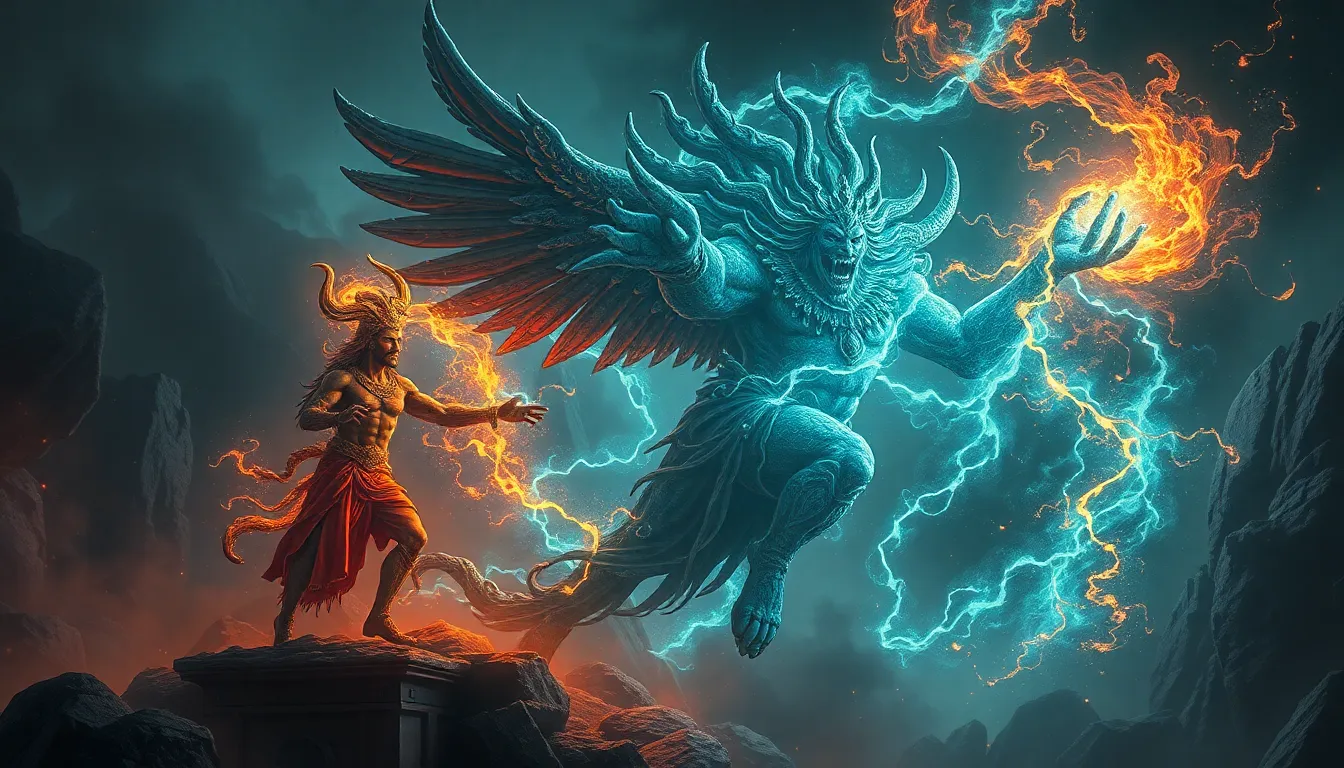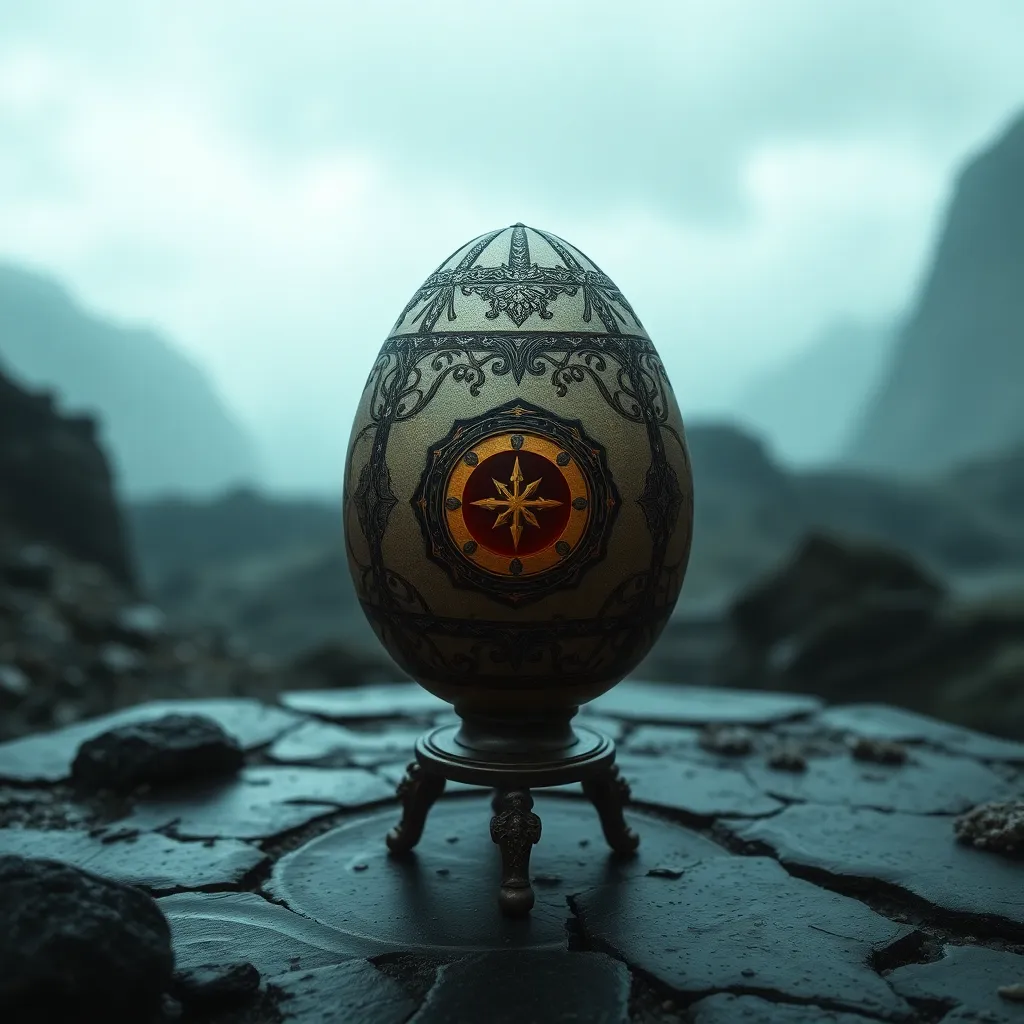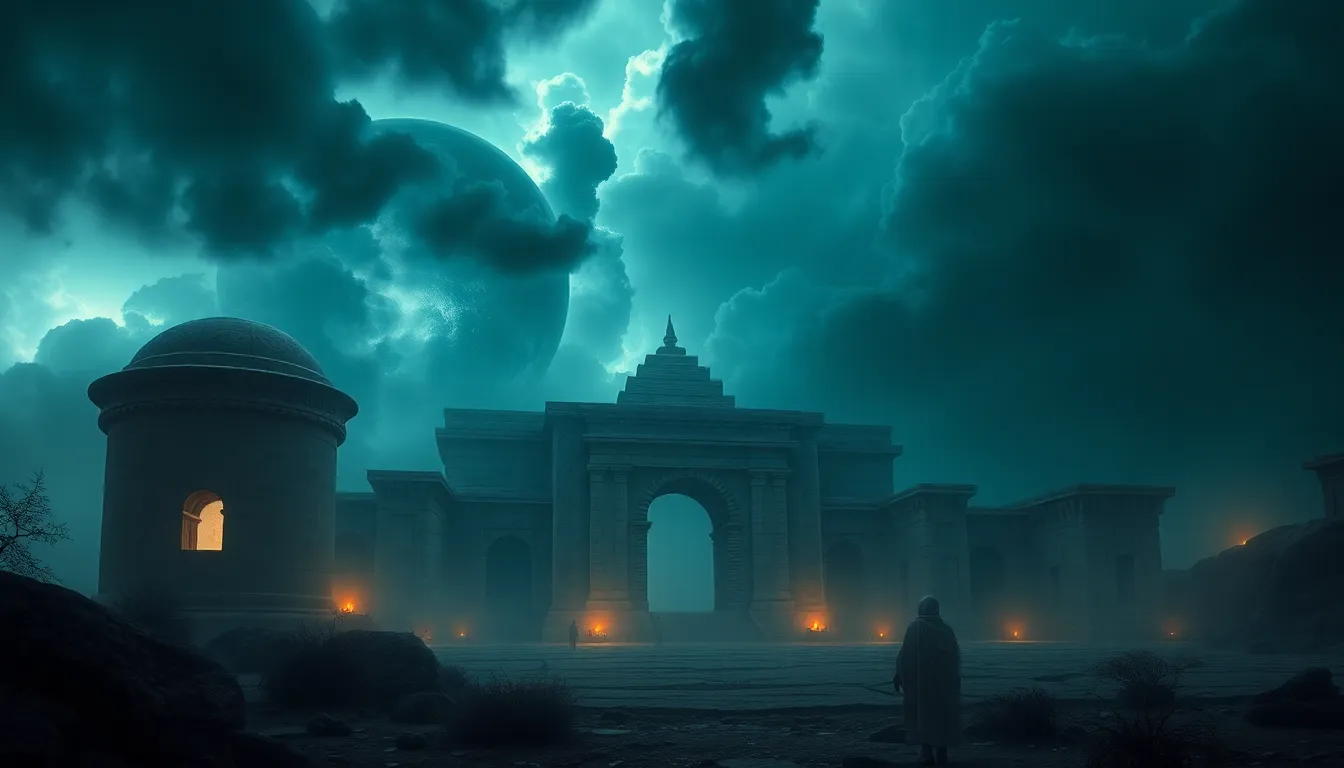The Hydra’s Dance: Exploring the Monster’s Connection to Ritualistic Performance and Symbolic Action
I. Introduction
The Hydra, a serpentine monster from Greek mythology, is renowned for its terrifying presence and multi-headed form. With each decapitated head growing back two in its place, the Hydra embodies a unique blend of chaos and regeneration. This creature has significant implications in various cultural narratives, often representing the struggles between humanity and the monstrous forces of nature and fate.
This article aims to explore the intricate connections between the Hydra and ritualistic performance, examining how this mythological figure serves as a vital symbol in various cultural contexts. By delving into its mythological background, the nature of chaos it represents, and its role in ancient and modern rituals, we can better understand the Hydra’s enduring legacy in the realm of symbolic action.
II. The Mythological Background of the Hydra
The Hydra’s origins can be traced back to ancient Greek mythology, specifically in the myths surrounding Heracles (Hercules) and his Twelve Labors. The most famous account describes the labor in which Heracles is tasked to slay the Hydra, located in the marshes of Lerna. This beast was not only formidable due to its regenerative abilities but also because it was said to be the offspring of Typhon and Echidna, two of the most fearsome creatures in mythology.
Key myths involving the Hydra highlight its role in the narrative of heroism and the confrontation of chaos. In the tale, Heracles faces the Hydra with assistance from his nephew Iolaus, who sears the neck stumps to prevent regeneration, symbolizing the necessity of collaboration in overcoming formidable challenges. This myth underscores the themes of struggle, transformation, and the dual nature of creation and destruction.
In ancient cultures, the Hydra often symbolized the chaotic and unpredictable forces of nature. Its multiple heads could represent the myriad challenges one faces, and its regenerative abilities serve as a metaphor for resilience and the cyclical nature of life and death.
III. The Hydra as a Symbol of Chaos and Transformation
The multi-headed nature of the Hydra lends itself to a deep analysis of chaos and transformation. Each head of the Hydra can be interpreted as representing different aspects of human experience—fear, desire, conflict, and resolution. The act of confronting the Hydra, therefore, becomes a symbolic representation of facing one’s fears and the multifaceted nature of personal challenges.
Regeneration, as a central theme, implies that challenges are not easily vanquished. Instead, they evolve and transform, reflecting the reality of human struggles. This regenerative aspect can be seen in various contexts, such as:
- Personal Growth: Overcoming adversity often leads to personal transformation.
- Societal Change: Societies must continually adapt to new challenges, akin to the Hydra’s regeneration.
- Environmental Resilience: Nature’s ability to recover and evolve despite human intervention mirrors the Hydra’s mythical abilities.
The Hydra thus serves as a powerful metaphor for chaos in human experience, reminding us of the ongoing battle between order and disorder in our lives.
IV. Ritualistic Performance in Ancient Cultures
Ritualistic performance can be defined as a structured and symbolic action that conveys cultural beliefs and values. These performances often include ceremonies, dances, and other forms of expression that reflect the community’s relationship with their myths and deities.
Examples from ancient civilizations illustrate the importance of rituals:
- The Eleusinian Mysteries in Greece, celebrating the cycle of life and death.
- The Roman Saturnalia, which honored the god Saturn and involved role reversals and communal feasting.
- The various rites of passage across cultures, marking transitions in life stages.
Monsters, including the Hydra, often played significant roles in these performances, serving as symbols of the fears and challenges that societies sought to confront through ritual.
V. The Hydra’s Role in Ritualistic Performances
Instances of the Hydra appearing in ancient rituals can be found in various texts and archaeological findings. The Hydra’s image often represented the dangers that needed to be addressed or symbolically defeated during these performances.
In ritual contexts, the Hydra facilitated transformation. By confronting such a formidable creature, participants symbolically engaged with their fears, leading to personal and communal catharsis. Actions associated with the Hydra’s imagery often included:
- Chants and incantations aimed at invoking protection against chaos.
- Performative acts of bravery, symbolizing the slaying of personal and societal monsters.
- Use of masks and costumes to embody the Hydra, allowing participants to explore the duality of fear and empowerment.
VI. Modern Interpretations of the Hydra’s Dance
In contemporary art and performance, the Hydra continues to inspire and resonate with audiences. Artists and performers draw on its imagery to explore themes of chaos, transformation, and resilience.
The enduring nature of the Hydra as a symbol is evident in various modern rituals, including:
- Theatrical performances that reinterpret the myth of Heracles and the Hydra.
- Dance pieces that embody the struggle against multifaceted challenges.
- Visual art that employs the Hydra’s imagery to comment on contemporary social issues.
Case studies of modern performances inspired by the Hydra reveal how this myth continues to be relevant. For instance, contemporary dance troupes often use the Hydra as a motif to discuss societal issues, such as climate change and the complexities of identity in a fragmented world.
VII. The Psychological and Social Implications of the Hydra’s Symbolism
The Hydra serves as a reflection of human fears and anxieties, encapsulating the chaos that can emerge in our lives. Its multi-headed form symbolizes the complexity of our struggles, where one challenge often leads to the emergence of others.
Monsters like the Hydra play a crucial social function in cultural narratives. They embody the fears that communities face and provide a means for individuals to confront and process these fears through storytelling and performance.
The impact of the Hydra’s symbolism on identity and community is profound. By engaging with the Hydra myth, individuals often explore their personal narratives, leading to a collective understanding of resilience and transformation within their communities.
VIII. Conclusion
In summary, the Hydra holds significant importance in the realm of ritualistic performance and symbolic action. Its multifaceted nature serves as a powerful metaphor for chaos, transformation, and the human experience of confronting challenges. Through the exploration of the Hydra in ancient and modern contexts, we gain valuable insights into the role of symbolic actions in cultural narratives.
The Hydra’s legacy endures, reminding us of the complexities of life and the transformative power of facing our fears. As we continue to engage with this mythological figure, we uncover deeper layers of meaning that enrich our understanding of ourselves and our societies.



